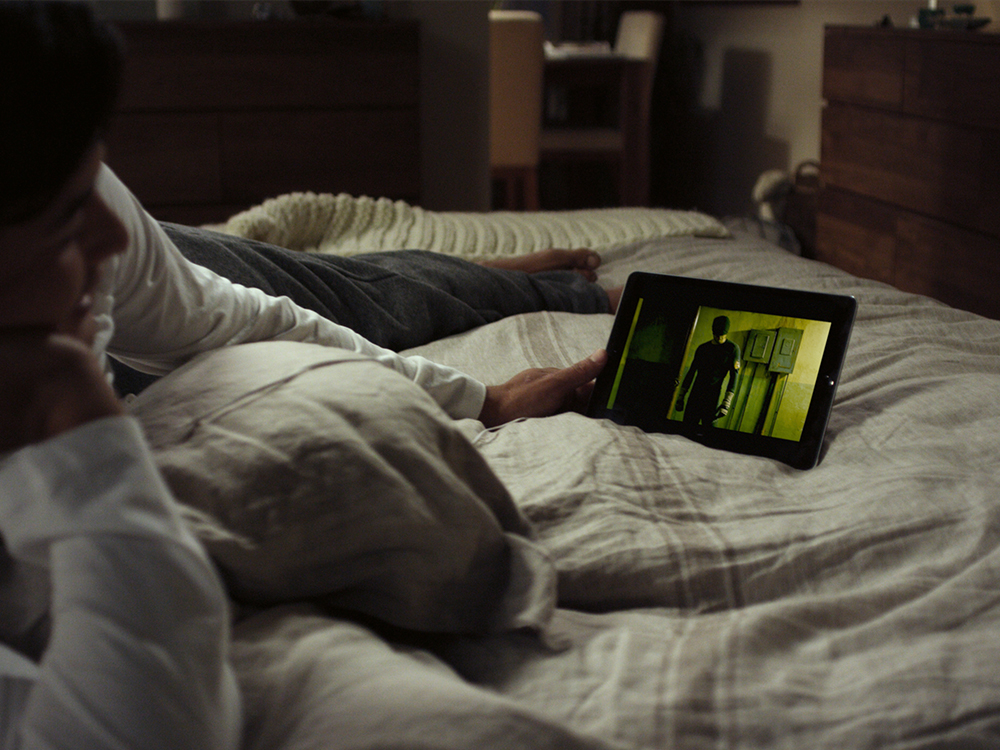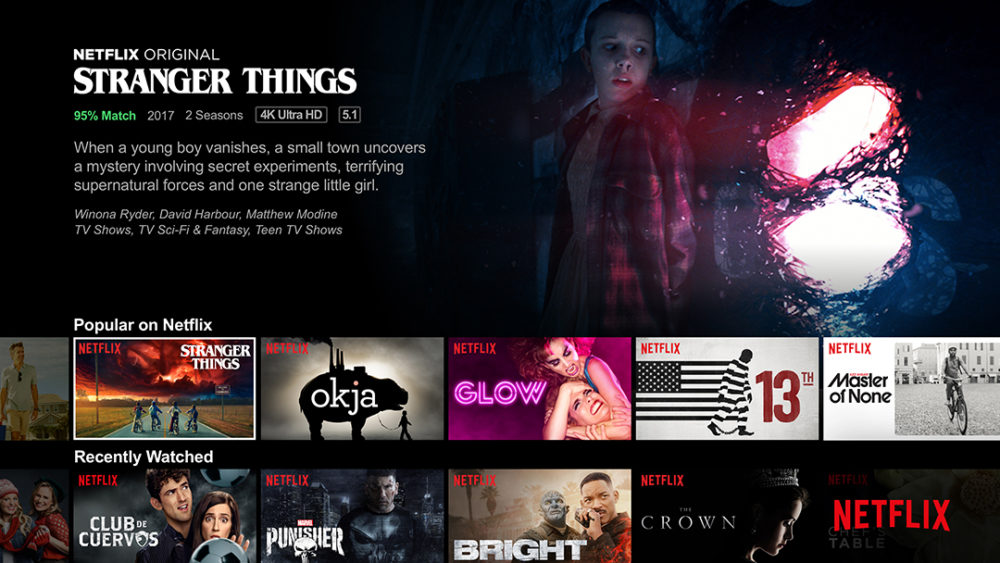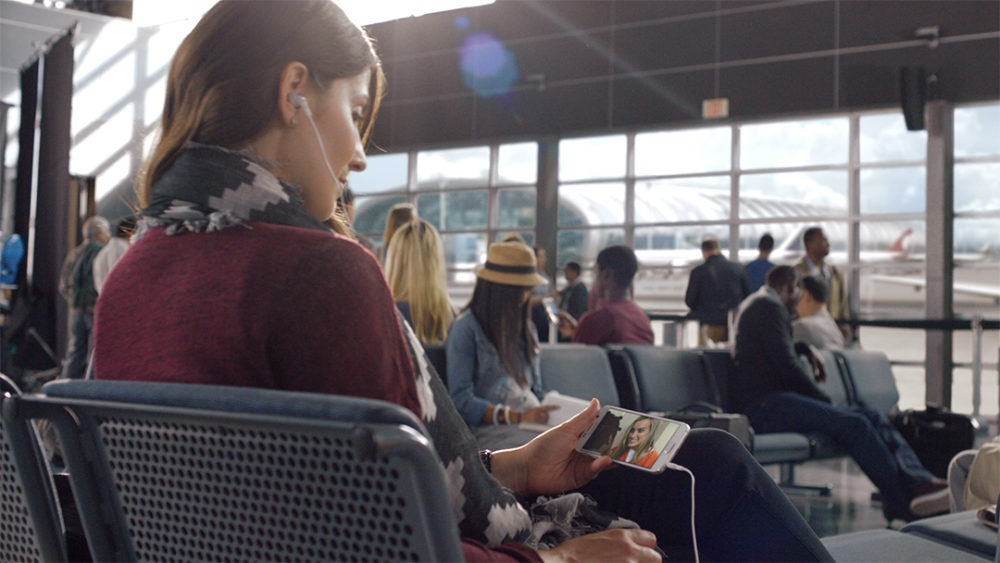It’s 1998 and a curious new online DVD rental platform just launched. The outlet is designed on the same pay-per-rent model as its brick-and-mortar rival, Blockbuster. Fast-forward two decades later, and Netflix is now a 21st-century staple.
What started as a media outlet for subscribers to rent from fewer than 1,000 titles quickly transformed into an online film and TV production and distribution giant. Netflix was the first of its kind and paved the way for subscription video-on-demand (SVOD). It wasn’t long before Hulu, Amazon Prime Video, and countless others followed suit.
“Binge-watching a series has completely changed home viewing. [Netflix is] flooded with fresh content from around the world, which means once you finish binge-watching a new show, you can easily scroll to another one,”says Geoffrey Calhoun, founder of We Fix Your Script, a digital outlet that provides amateur screenwriters with tips from professional writers.
For better or worse, SVOD was a game-changer for the entertainment industry. It changed the way consumers watch TV and movies, and created an entirely new viewing experience.
CHANNEL YOU
A big selling point for SVOD is that the platforms are unique from user to user. Whereas cable TV is designed for the masses, streaming services let viewers choose what to watch from a large portfolio of content, and then streamline it to cater to each specific user. Once individuals log into their own account, they have an entire profile highlighting shows they already watched, as well as recommendations based on these preferences.
It’s like having a TV channel created just for you, with your favorite shows and movies available to watch whenever you want, wherever you want. It’s no wonder we deem platforms such as Netflix and Hulu responsible for the “binge-watching” culture we live in. The very premise of their designs is to draw users in and keep them watching for as long as possible. The next episode is always just a few seconds away, and we all know where that rabbit hole leads.
There’s a streaming platform for every niche, and even non-fiction documentaries have their own binging culture. That’s what led John Hendricks, founder of Discovery Channel, to launch CuriosityStream, which brings documentary and factual programming to the world of online TV.
“We’ve been called ‘the Netflix for Nonfiction’ for offering more than 1,800 titles that explore science, technology, history, nature, and other fascinating topics. We stream our content online globally to more than 196 countries,” says Elizabeth Hendricks North, president and CEO of CuriosityStream.
Users can even pick up exactly where they left off. No matter the hours, workday, or errands that take place between one viewing and the next, SVOD easily lets viewers resume with one click of a button.
New to the streaming scene, Second Screen is an app designed for the mobile culture. The service rebrands and repackages feature films for viewers to watch in the form of 10-minute episode series. It takes what consumers love about streaming TV shows, and enhances it for the user on the go.
“[Last year] 168 million people watched video on their smartphone more than they watched it on a desktop or DVD,” says Estella Gabriel, founder of Second Screen. “At [Second Screen] we know that repackaging these films in a fresh way [makes them] bingeable… We divide along natural story breaks so that every episode leaves you wanting more.”
Second Screen also opens up more doors for industry “up-and-comers.” Producing an entire series based on a script can be very costly. Combine that with the risk that, in the end, the series may not even be picked up. This was a problem Gabriel—as well as countless struggling screenwriters—faced.
“I won the Showtime Tony Cox award for my TV pilot script Americana. Although it was read around town by many of the big studios, there are only so many shows they make a year. I wanted to produce it myself, but couldn’t—not high-quality, high-production value—because it costs tens of millions.” She continues, “What if those who had a pilot script could develop a season out of that one-hour pilot, and what if they could go to indie film investors and get them to invest in season one of a high-quality 10-minute episode series?”
That’s the future of Second Screen. Viewers no longer have the network giants dictating what can be watched based on the handful of shows available. Now, there is an entirely new world of talent and entertainment for viewers to unlock online.
VIEWER DISCRETION IS ADVISED
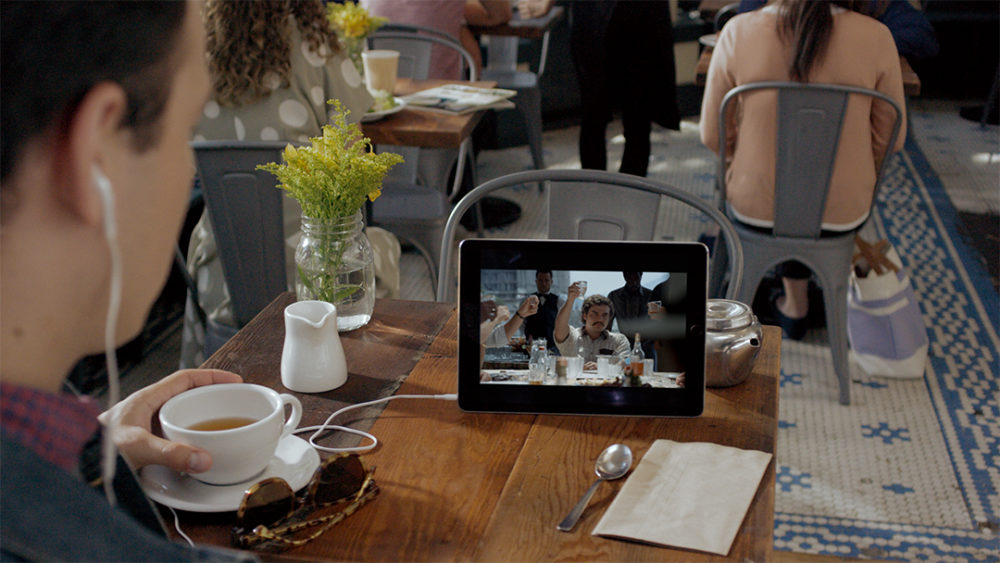 Not all content is created equally. Series that air on cable TV are held to traditional censorship guidelines, while content that streams online is—for all intents and purposes—a free for all. Any given moment may expose viewers to an explicit scene sans clothing, or a gory blood battle, and it’s this risqué touch that draws us in. Whether it’s the supernatural plot of Netflix’s Stranger Things, the unsettling storyline of Hulu’s The Handmaid’s Tale, or the alternate reality of Amazon’s, one thing is clear: Viewers love shows that leave them on edge.
Not all content is created equally. Series that air on cable TV are held to traditional censorship guidelines, while content that streams online is—for all intents and purposes—a free for all. Any given moment may expose viewers to an explicit scene sans clothing, or a gory blood battle, and it’s this risqué touch that draws us in. Whether it’s the supernatural plot of Netflix’s Stranger Things, the unsettling storyline of Hulu’s The Handmaid’s Tale, or the alternate reality of Amazon’s, one thing is clear: Viewers love shows that leave them on edge.
This content becomes even more addictive due to the way viewers physically watch it. Cable programming is often a family or group activity, but part of what entices so many SVOD subscribers is the solitary way they watch.
Doreen Spicer-Dannelly, producer of the Disney Channel series The Proud Family, puts this into perspective: “Many are watching on a device, and it’s more of an intimate experience. Also, the stories are deeper with looser boundaries than cable, so I think streaming is changing the impact of storytelling.”
Spicer-Dannelly is collaborating with Chris Bridges—known by his stage name Ludacris—and 9 Story Media Group for Karma’s World, a new children’s series that is currently in development and will soon premiere on a major streaming service.
A WRITE OF PASSAGE
The viewing experience isn’t the only thing that differentiates SVOD from traditional TV. According to screenwriters, there is an entirely different writing process that goes into effect. Writers don’t have to worry about building up suspense before and after commercial breaks. Instead, they get to play the devil’s advocate and leave the cliffhanger until the last few seconds of the episode, tempting the viewer to continue watching.
“You don’t have to worry about commercials. Revenue is based on a subscription basis,” says Calhoun. “This can give plenty of time to really dig in to a character and build to a larger, more meaningful episode cliffhanger at the end of the show, which then encourages the viewer to stick around for the next episode.”
When viewers get to know the characters on a deeper level, they are hooked long after they watch the last episode. It’s this addiction that keeps the brands buzzing following the often one-day series releas. It completely engrosses the viewer, who then wants all the merchandise, apparel, and news on the latest fan events and exhibitions.
Spicer-Dannelly elaborates on this: “I like to compare it to curling up with a good book all to yourself. With that, I like to write very layered stories with spontaneous moments… We writers and producers are paying attention to more than just the writing, but the feel of the show and what the viewer might absorb from the content.”
TIMING IS EVERYTHING
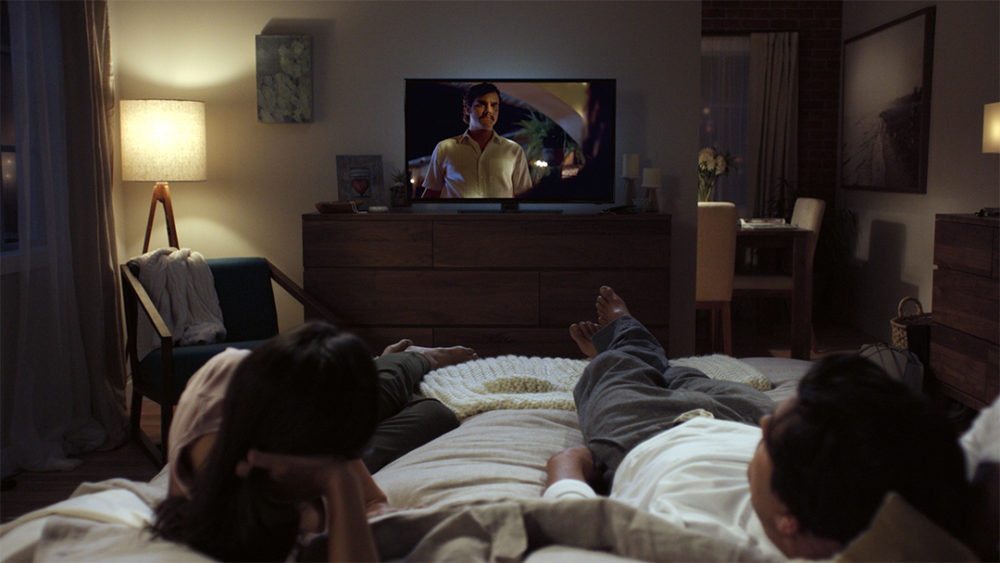 With this new form of writing comes a new way of releasing. There’s a bit more leeway when it comes to the release of new content on SVOD platforms. While a streaming service knows exactly when it will air new episodes or series, it also has the freedom to release content based on trending topics.
With this new form of writing comes a new way of releasing. There’s a bit more leeway when it comes to the release of new content on SVOD platforms. While a streaming service knows exactly when it will air new episodes or series, it also has the freedom to release content based on trending topics.
For example, the passing of Stephen Hawking was a blow to the CuriosityStream community. When the news broke in March, the platform made an in-the-moment decision and premiered the final episode of its original series, Stephen Hawking’s Favorite Places, early to allow users to mourn with the program. This ability to stay ever-relevent is how streaming platforms are able to create such powerful entertainment brands.
Another driving factor is network TV’s struggle to get its viewers to tune in to major broadcast events on the weekends. Yet, streaming services are known to drop a new series on a Friday night with all the confidence that its viewers will not only tune in, but also likely complete the whole series in a matter of hours.
“I think dropping a fresh episode or a series on a Friday is completely strategic and opportunistic,” explains Spicer-Danelly. “It’s come to the point where there are so many good shows out there, that if you had not watched a few of them in their entirety you are left out of the conversation at a party.”
It’s a valid point. If you were one of the few who did not spend the weekend watching the second season of Stranger Things when it was released in October, it was impossible to go to a party, listen to the radio, or even show up to work on Monday morning without being entirely out of the loop.
“Binge-worthy shows are released on Fridays not because the streaming giants want to cut us a break so we have the weekend to absorb their shows… No, it’s for one reason and one reason only: Free advertising,” Calhoun says. “[Streaming services] know they created a culture of binge-watchers who will dive into a new show, and then assimilate this show and light social-media abuzz with—hopefully—rave reviews, thus attracting more customers to the streaming giant’s doors.”
This cycle is working. As consumers cut the cord on cable, streaming services continue to amass more and more subscribers.
According to Calhoun, there’s a method to the madness. “When you binge-watch a show your brain releases dopamine. Dopamine makes you feel good. Really good. This release reinforces your binge-watching habit, so you can keep feeling those good vibes, which means you literally become addicted to a show.”
We live in a world where binge-watching addiction is the new norm. Streaming entertainment is here to stay. You’re either with it or against it. The choice is yours.

